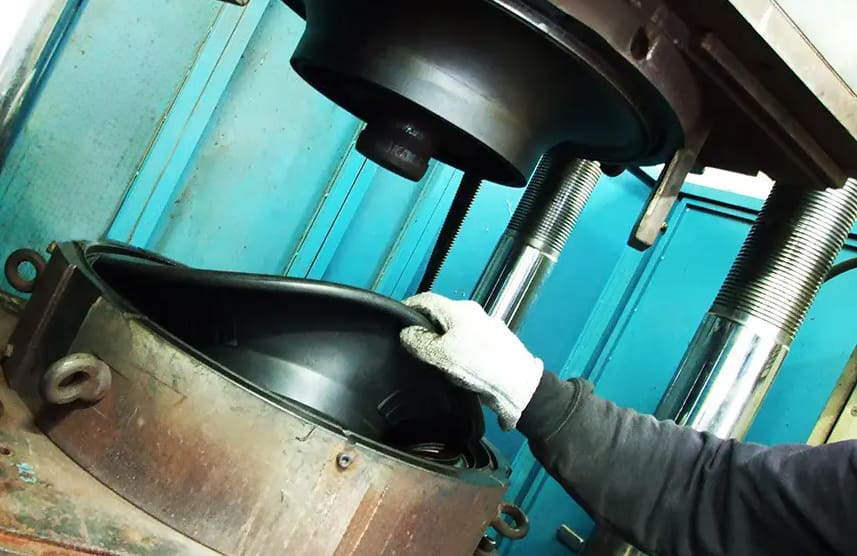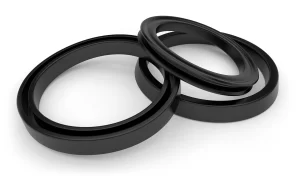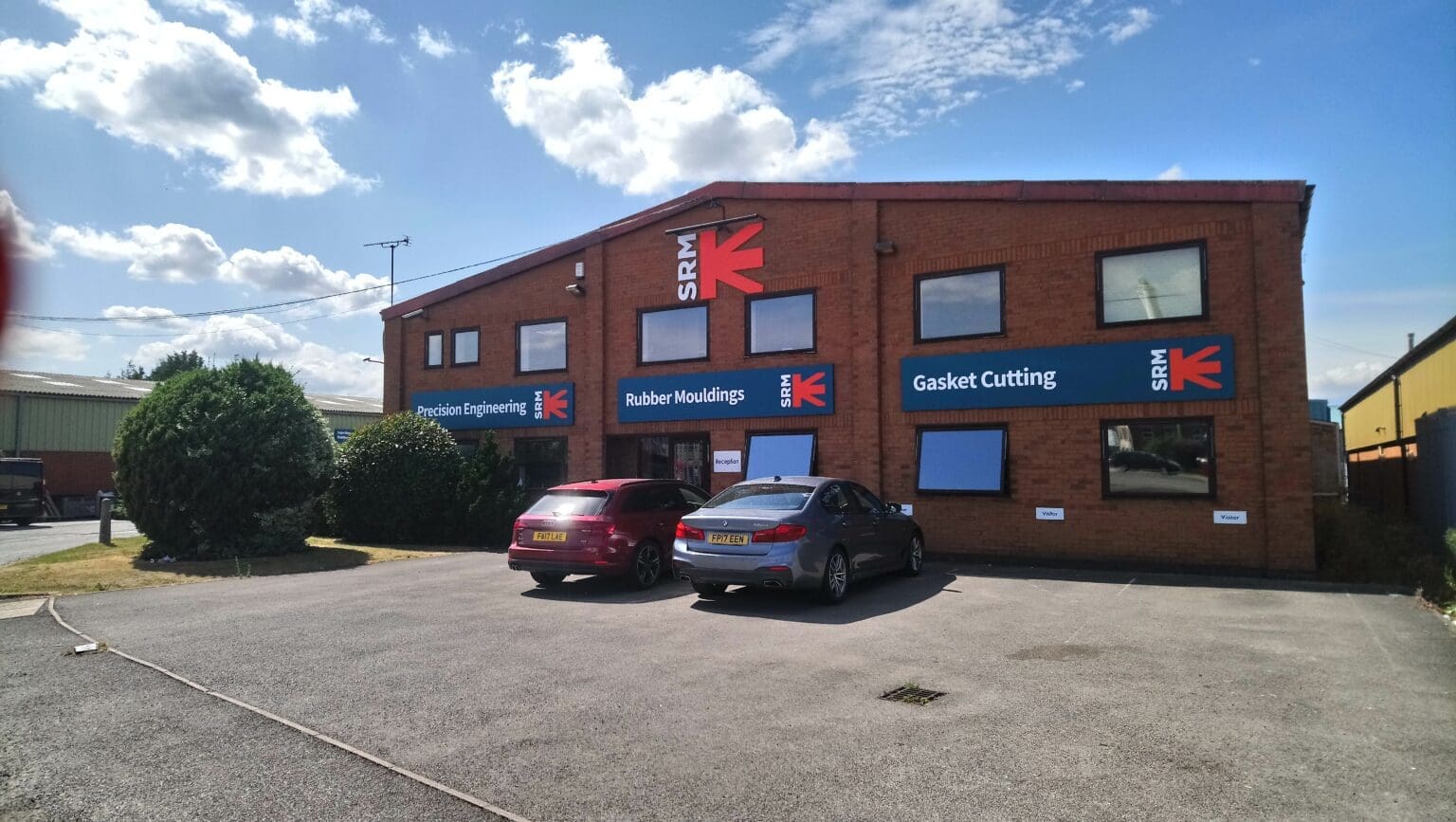Unlock the Potential of Bespoke Rubber Moulding for Custom Solutions
In today’s rapidly evolving industrial landscape, bespoke rubber moulding has emerged as a pivotal technique for creating custom solutions tailored to meet specific needs. This process enables manufacturers to produce unique rubber components that align perfectly with design specifications and functional requirements. Bespoke rubber moulding is not just about creating parts; it’s about crafting solutions precisely suited to diverse applications, from automotive to healthcare.
Understanding the bespoke nature of this process is critical to appreciating its value. Unlike off-the-shelf solutions, bespoke rubber moulding offers unparalleled flexibility in design and application. By working closely with clients, manufacturers can ensure that every characteristic—from the material composition to the shape and size—meets the exact demands of the project. This level of personalisation is what sets bespoke rubber moulding apart from generic stock alternatives.
As industries continue to demand more specialised and efficient solutions, the role of bespoke rubber moulding becomes increasingly significant. Customisation is no longer a luxury but a necessity in many sectors. By embracing the potential of bespoke rubber moulding, businesses can stay ahead of the curve, innovating and adapting to ever-changing market dynamics.

Understanding the Bespoke Rubber Moulding Process
The bespoke rubber moulding process is an intricate series of steps designed to transform raw rubber materials into highly specialised components. It begins with a detailed consultation between the client and the manufacturer to understand the specific requirements and constraints of the project. This initial phase is crucial for determining the appropriate materials and mould design.
Once the design is finalised, the next phase involves creating a prototype. This step allows for testing and refinement, ensuring that the final product will perform as expected in real-world conditions. The prototype stage is an opportunity to adjust any design elements and make necessary tweaks before full-scale production begins. It’s where ideas start to take tangible form.
Finally, the production phase employs advanced moulding techniques to produce the desired components. Whether using compression moulding, transfer moulding, or injection moulding, each method has its own advantages and is chosen based on the specific requirements of the project. The bespoke nature of the process ensures that every component is made to the highest standards of quality and precision.

Advantages of Bespoke Rubber Moulding
Bespoke rubber moulding offers numerous advantages that make it an appealing choice for businesses looking to innovate and optimise their operations. One of the primary benefits is the ability to create components that are precisely tailored to specific applications. This degree of customisation can lead to improved performance and efficiency, as parts are designed to function optimally within their intended environment.
Another significant advantage is the potential for cost savings in the long term. While the initial investment in bespoke moulding may be higher than off-the-shelf solutions, the precision and quality of the custom components can reduce maintenance and replacement costs over time. Moreover, bespoke solutions can eliminate the need for additional modifications or adjustments, streamlining the production process and enhancing overall efficiency.
Lastly, bespoke rubber moulding promotes innovation by allowing for the exploration of new materials and designs. Manufacturers can experiment with different combinations to achieve specific properties, such as enhanced durability, flexibility, or resistance to environmental factors. This freedom to innovate can lead to the development of cutting-edge products that provide a competitive edge in the marketplace.
Common Applications
Bespoke rubber moulding finds applications in a wide range of industries, offering custom solutions to meet the unique demands of each sector. In the automotive industry, for instance, it is used to create specialised seals, and vibration dampening components that enhance vehicle performance and safety. These components must withstand extreme conditions, making bespoke rubber moulding an ideal choice for automotive applications.
In the healthcare sector, bespoke rubber moulding is utilised to produce medical-grade components such as seals for syringes, stoppers, and various surgical instruments. The stringent requirements for biocompatibility and sterilisation necessitate the use of custom moulding to ensure that each product meets the highest standards of safety and efficacy. This precision is crucial for maintaining patient health and safety.
Additionally, bespoke rubber moulding plays a significant role in the electronics industry, where it is used to manufacture components that require precise electrical insulation and thermal management. Custom rubber parts can be designed to fit perfectly within electronic devices, providing essential protection against environmental factors and enhancing the overall reliability of the product.

Materials Used for Moulding
The choice of materials in bespoke rubber moulding is critical, as it directly impacts the performance, durability, and functionality of the final product. Various types of rubber are used, each offering unique properties suited to different applications. Natural rubber, for example, is highly elastic and resilient, making it suitable for applications requiring flexibility and strength.
Compounds, such as Nitrile, Silicone, and EPDM, are also commonly used in bespoke moulding. Nitrile rubber is known for its excellent resistance to oils and fuels, making it ideal for automotive and industrial applications. Silicone rubber, on the other hand, offers outstanding thermal stability and is often used in environments with extreme temperatures. EPDM rubber is prized for its weather resistance, making it perfect for outdoor applications.
In addition to these, specialty rubbers like Viton are employed for applications requiring exceptional chemical resistance and high-temperature performance. The selection of the right material is a collaborative process between the client and the manufacturer, ensuring that the bespoke solution meets all necessary specifications and industry standards.

The Role of Design in Bespoke Moulding
Design is at the heart of bespoke rubber moulding, as it determines the effectiveness and efficiency of the final product. A well-thought-out design ensures that the component will perform optimally in its intended application, meeting all functional and aesthetic requirements. The design process involves careful consideration of factors such as dimensions, tolerances, and material properties.
Advanced design software and tools play a crucial role in this phase, enabling manufacturers to create detailed models and simulations. These tools allow for the visualisation and testing of different design iterations, helping to identify potential issues and optimise the component’s performance before production begins. This iterative process ensures that the final product is not only functional but also cost-effective and manufacturable.
Furthermore, collaboration between designers, engineers, and clients is essential to achieving a successful moulding project. By working closely together, all parties can share insights and expertise, ensuring that the final design aligns with both technical requirements and business objectives. This collaborative approach is key to unlocking its full potential.
Customisation Options in Bespoke Rubber Moulding
 One of the defining features of bespoke rubber moulding is the vast array of customisation options available. These options allow manufacturers to tailor every aspect of the component to meet specific user needs. From the choice of material to the shape, size, and colour of the product, bespoke rubber moulding offers unparalleled flexibility.
One of the defining features of bespoke rubber moulding is the vast array of customisation options available. These options allow manufacturers to tailor every aspect of the component to meet specific user needs. From the choice of material to the shape, size, and colour of the product, bespoke rubber moulding offers unparalleled flexibility.
For instance, clients can select from a variety of surface finishes to enhance the aesthetic appeal or functionality of the component. Textured finishes can improve grip, while smooth finishes may be preferable for components that require a sleek appearance. Additionally, custom colouring options allow for brand alignment or compliance with industry-specific colour codes.
Moreover, bespoke rubber moulding can accommodate complex geometries and intricate designs that might be impossible with off-the-shelf solutions. This capability opens up new possibilities for innovation and creativity, allowing designers to push the boundaries of traditional component design. Ultimately, the ability to customise every aspect of the component ensures that the final product is perfectly suited to its intended application.
Selecting the Right Manufacturer for Bespoke Rubber Moulding
Choosing the right manufacturer is a critical step in the bespoke rubber moulding process, as it can significantly impact the quality and success of the final product. When selecting a manufacturer, it’s essential to consider their experience and expertise in the field. A reputable manufacturer should have a proven track record of delivering high-quality bespoke components across various industries.
Another important factor to consider is the manufacturer’s capabilities and resources. A well-equipped facility with advanced machinery and technology is crucial for ensuring precision and efficiency in the moulding process. Additionally, the manufacturer’s ability to provide comprehensive support—from initial design to final production—can make a significant difference in the overall success of the project.
Lastly, effective communication and collaboration between the client and manufacturer are vital. A manufacturer who values transparency and open communication can facilitate a smoother production process and ensure that all requirements and expectations are met. By selecting the right partner, businesses can unlock the full potential of bespoke rubber moulding and achieve outstanding results.

Future Trends in Bespoke Rubber Moulding
The future of bespoke rubber moulding is set to be shaped by several emerging trends that promise to enhance the capabilities and applications of this technique. One such trend is the growing adoption of eco-friendly production processes. As environmental concerns continue to rise, manufacturers are increasingly exploring alternative materials and methods that minimise environmental impact while maintaining performance and quality.
Advancements in technology are also poised to revolutionise rubber moulding. Innovations such as 3D printing and digital simulation tools are enabling more precise and efficient design and production processes. These technologies allow for greater experimentation with complex geometries and materials, opening up new possibilities for innovation and creativity.
Lastly, the increasing demand for smart and connected products is driving the integration of electronics into rubber components. This trend is leading to the development of smart rubber materials that can sense and respond to environmental changes. As these trends continue to evolve, bespoke rubber moulding will play an even more crucial role in delivering cutting-edge solutions that meet the needs of modern industries.

Conclusion
In conclusion, bespoke rubber moulding is an invaluable tool for creating custom solutions that meet the specific needs of diverse industries. From the automotive to healthcare sectors, this technique offers unparalleled flexibility, precision, and innovation. By understanding the process, selecting the right materials, and collaborating with experienced manufacturers, businesses can unlock the full potential of bespoke rubber moulding.
The future of this technique is bright, with emerging trends promising to expand its capabilities and applications. As we continue to push the boundaries of what is possible, bespoke rubber moulding will remain at the forefront of industrial innovation, helping businesses stay competitive and responsive to changing market demands.
If you’re considering bespoke rubber moulding for your next project, don’t hesitate to reach out to our industry experts who can guide you through the process and help you achieve outstanding results. Get in touch today for more information or to discuss you project requirements.
